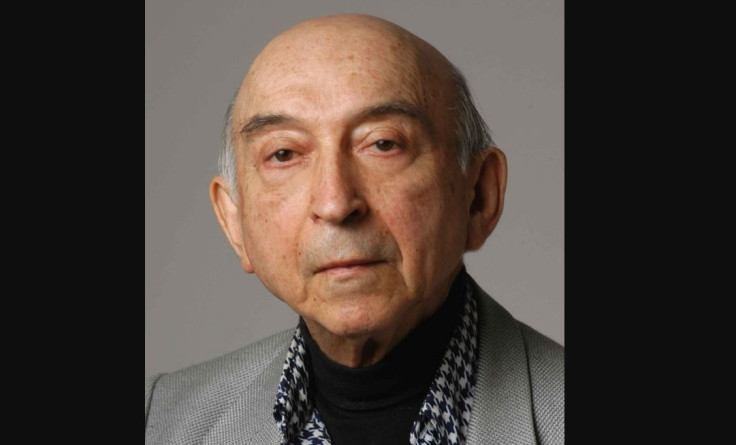Lotfi Zadeh dead: Computing revolutionary and founder of fuzzy logic dies aged 96
Renowned computer scientist and father of breakthrough computing concept leaves a lasting legacy.

Lotfi Zadeh, a world-renowned Azerbaijani scientist who invented the breakthrough computing concept of fuzzy logic, has passed away at the age of 96.
Lotfali Rahim Oglu Asgarzadeh, better known as Lotfi A. Zadeh, was a mathematician, artificial intelligence researcher and professor of computer science at the University of California. He died on 6 September at 7.30 am it was confirmed by close friend.
The revolutionary is regarded as doing for computing what Einstein did for mathematics by creating a ground-breaking theory in 1965 that transformed industries around the world and how academics approached their work.
This concept was called fuzzy logic. It created the building blocks for how computers today make decisions, changing numerous areas of industry from robotics to electronics, agriculture and defence technology.
What is fuzzy logic?
Fuzzy logic is based on the theory that when calculating probabilities there are no absolute 'black and white' answers in the world. Rather there are varying degrees between the 1s and 0s computers abide by. The word 'fuzzy' is used as it shows there is no definitive jump between shades of colour, for instance, just as computers making decisions will have varying degrees of truth rather than simply 'true' or 'false'.
"In the world of mathematics, for example, everything has sharp boundaries, either it's a circle or it's not a circle; either the lines are parallel or not parallel. But in the real world, when it comes to 'Is this person honest, or tall, or beautiful?' boundaries are fuzzy," The Caspian News quoted Zadeh as saying.
The theory helped computers understand human instructions and laid the foundations for next-generation, more efficient technological devices. Transportation, consumer electronics including video camera equipment, cybernetics, stock market analysis and the US space program all have adopted fuzzy logic.
Zadeh was born on 4 February 1921 in modern day Azerbaijan in Baku and moved to Iran in 1931. He moved to the US in 1942 after earning a degree in electrical engineering from the University of Tehran.
He would remain in the US for the rest of his life, attaining degrees from MIT and a PhD from Columbia University – where he became the first chairman of the computer science department.
In his lifetime he authored 245 academic papers and was awarded over 20 honorary doctorate degrees.
He will leave a lasting legacy in computing and be buried in his home nation of Azerbaijan.
© Copyright IBTimes 2025. All rights reserved.





















